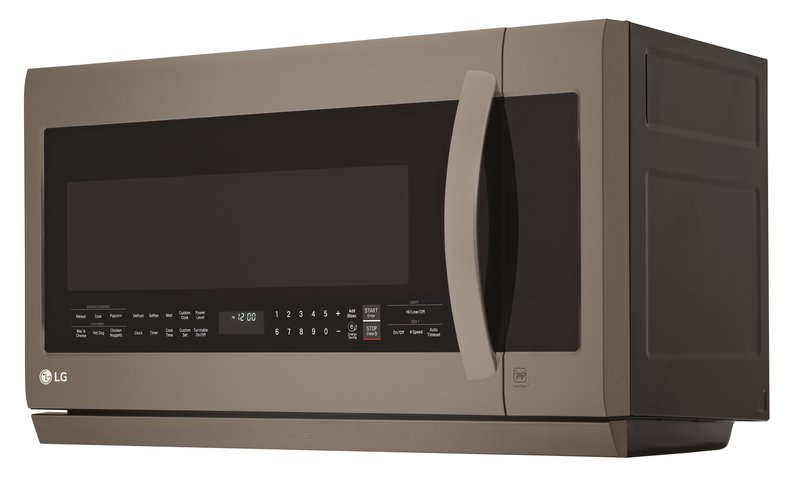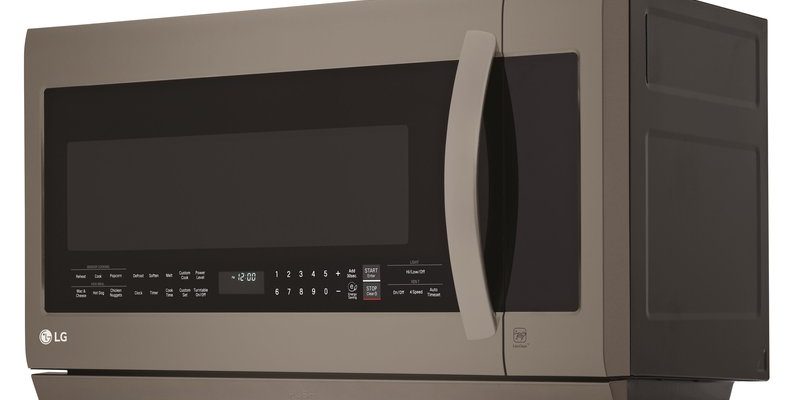
Think of a warranty like an insurance policy for your microwave. It’s a promise that if something breaks or acts up under normal use, LG will step in and make things right. But here’s the thing: warranties don’t cover *everything*, and the fine print can feel like reading a foreign language. So, let me explain what you can actually expect from your LG microwave’s warranty, what’s typically covered, and what’s not—so you’re not left guessing when the beep stops working.
Understanding the Basics of LG Microwave Warranty
Let’s start with the essentials. When you purchase an LG microwave, it usually comes with a **limited warranty**. This means LG agrees to fix or replace parts that fail due to manufacturing defects within a set time frame, usually one year from the purchase date. But “limited” is the key word here—it doesn’t mean *everything* breaks or stops working is covered.
Typically, a warranty will cover issues related to the microwave’s internal components, like the magnetron (which actually cooks the food), the control panel, and sometimes the turntable motor. If your microwave suddenly stops heating or the control buttons become unresponsive without any accidental damage, you’re usually in warranty territory.
What’s not covered? Well, think about it like a car warranty: if you crash it or don’t maintain it properly, the warranty won’t fix those problems. Similarly, damage caused by misuse, accidents, or unauthorized repairs often isn’t covered by LG’s warranty. So, if you drop your microwave or spill something inside it that causes a short circuit, that’s usually on you.
What Parts Are Covered Under the LG Microwave Warranty?
Honestly, the heart of any microwave warranty starts with what parts are protected. LG’s warranty commonly covers:
- Magnetron: This is the crucial part that generates the microwave radiation to cook your food. If this fails within the warranty period, LG usually replaces it free of charge.
- Control Panel and Electronics: Problems with buttons, displays, or circuit boards are often included because they’re part of the normal function of your microwave.
- Turntable Motor: If your glass plate stops spinning and it’s not due to user error, the motor might be covered.
Let me explain why this matters: replacing a magnetron alone can be costly—sometimes even more expensive than buying a whole new microwave. So, having warranty coverage on these parts can save you from a nasty surprise in repair fees.
It’s also good to know that wear and tear parts—like light bulbs or the microwave’s door handle—might not always fall under the warranty. These parts wear out over time and usually aren’t considered manufacturing defects.
How Long Does the LG Microwave Warranty Last?
You might be wondering, *”How long do I actually have before the warranty runs out?”* LG generally offers a **one-year limited warranty** on their microwaves. This timeframe covers both parts and labor, so if your microwave needs repairs within that year, LG will usually handle the cost of parts and a technician’s visit.
Some models might come with extended warranties or special promotions, but those are exceptions. After that year, any repairs are typically on you—unless you’ve bought an additional service plan.
One thing to watch out for: the warranty period doesn’t reset or pause if you send your microwave in for repairs. The clock keeps ticking from the original purchase date, so it’s best not to put off repairs if you notice something wrong.
What Isn’t Covered by LG’s Microwave Warranty?
Here’s the part that often trips people up. **Warranties are not magic shields**—they have limits. LG’s microwave warranty generally excludes:
- Accidental damage: Dropping it, spilling liquids inside, or cracking the door won’t be fixed under warranty.
- Improper installation or misuse: Using the microwave in ways it’s not designed for, like running it empty or tampering with internal parts.
- Normal wear and tear: Things like exterior scratches, faded paint, or worn-out buttons fall outside warranty coverage.
- Unauthorized repairs or modifications: If you or someone else tries to “fix” it and makes things worse, LG won’t cover the damage.
Honestly, if you’re the kind of person who sometimes forgets to clean the microwave or uses metal containers (big no-no), the warranty won’t bail you out when something inevitably breaks.
How to Use Your LG Microwave Warranty: Step-by-Step
So, your microwave stops heating or the display flashes strange codes, and you’re pretty sure it’s covered under warranty. What now?
- Step 1: Find Your Proof of Purchase. The warranty coverage usually starts on the purchase date, so having your receipt or invoice is crucial.
- Step 2: Check the Warranty Terms. Look in your manual or LG’s website to understand the exact warranty period and coverage.
- Step 3: Contact LG Customer Support. You can call them, use their online chat, or visit a local authorized service center.
- Step 4: Describe Your Issue Clearly. Mention any error codes or unusual behavior—this will help them decide if the problem is warranty-covered.
- Step 5: Schedule a Technician Visit. If approved, LG will arrange for a technician to diagnose and fix the issue.
Here’s the thing: sometimes the problem might be simple, like a need to reset or sync the control panel. LG support may guide you through basic troubleshooting or ask you to try a reset before approving a service call. So, don’t be surprised if they first have you try turning the microwave off and back on—which works more often than you’d think!
What About Extended Warranties or Service Plans?
You might ask, “Can I get more than just the basic warranty?” The simple answer is yes, but it depends on where and how you buy your microwave. Some retailers or LG itself offer **extended warranties or service plans** that cover your microwave beyond the first year or include accidental damage protection.
Extended plans can be appealing if you want extra peace of mind or are worried about dropping your microwave (hey, it happens). But here’s a tip: weigh the cost of the plan against the price of a new microwave model. Sometimes, it’s more economical to save that money and just replace the microwave if it breaks after the first year.
If you do pick an extended warranty, read the fine print carefully. Some plans require you to register your microwave, and coverage might not be as broad as you expect.
Troubleshooting Tips Before Using Warranty Service
Before calling LG or scheduling a repair, trying a few simple troubleshooting steps can save you time and hassle. Here are some quick things to try:
- Reset the Microwave: Just unplug it for a minute, then plug it back in. This can clear error codes or glitches.
- Check the Door: Microwaves won’t run if the door latch or sensor isn’t working properly. Make sure the door closes tightly.
- Look for Error Codes: Sometimes your microwave’s display will show a code indicating the problem. You can find these in your user manual or online.
- Clean the Microwave: Grease or food buildup can interfere with sensors and turning parts.
If none of these steps work, it’s probably time to use your **LG microwaves warranty** for professional help.
Why Knowing Your LG Microwave Warranty Details Matters
At the end of the day, understanding your LG microwave’s warranty isn’t just about fixing a broken appliance. It’s about protecting your investment and making smart decisions if things go wrong.
Knowing exactly what the warranty covers helps you avoid unnecessary repair costs, prevents frustration when a repair isn’t covered, and saves you time when you need help. Plus, if you ever decide to sell or gift your microwave, having the warranty details handy can boost buyer confidence.
Think of it like having the manual for your microwave’s “life insurance.” When you know what’s covered, you can relax and enjoy cooking without constantly worrying if some random beep or button failure is going to cost you a bundle.
—
So, next time your LG microwave acts up, instead of panicking, you’ll have a clear idea of what to expect. The **LG microwaves warranty** covers key parts and repairs for about a year—mainly manufacturing defects—not accidents or wear and tear. And with a little know-how on troubleshooting and warranties, you’re set up to keep your kitchen humming smoothly.
